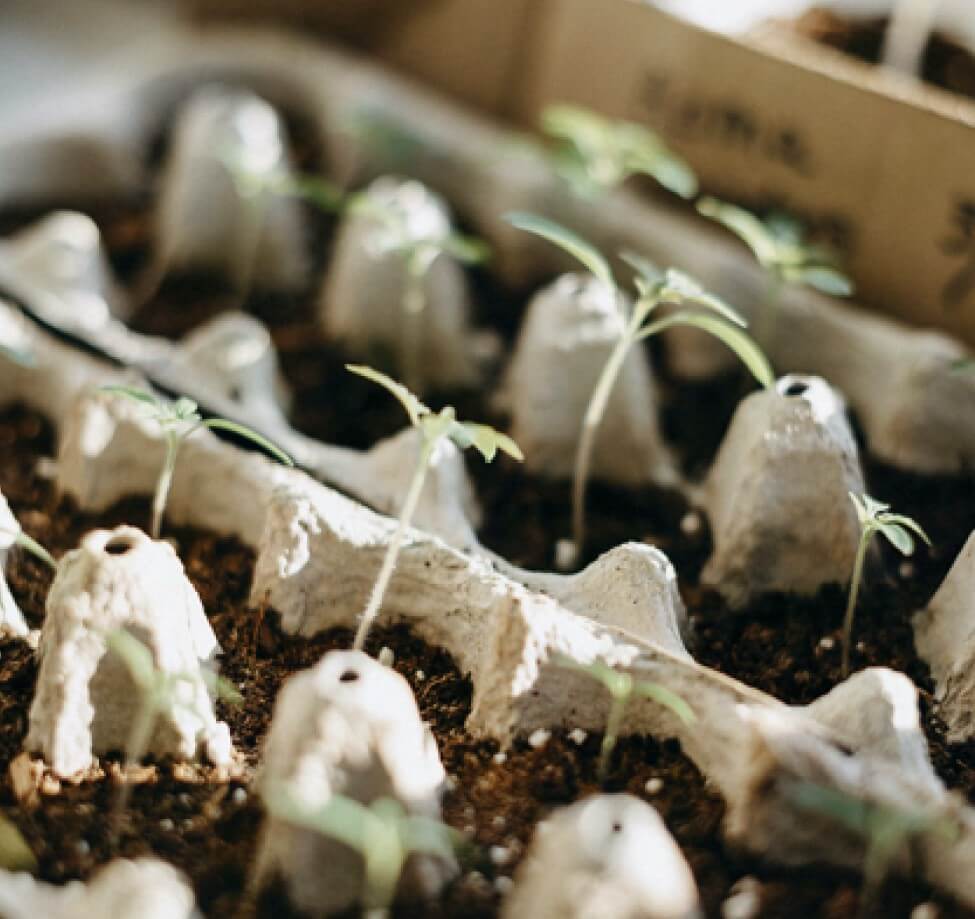This fun activity starter helps children better understand what plants need to grow.
This Earth Rangers Classroom Activity Starter will get you and your class started on your next activity. Our “build-your-class-activity” tool will give you ideas — you take it from there!

Grade Level: K-3
Learning Objective:
– Be able to analyze and identify the right environmental conditions for a given seed to grow
During this activity, students will:
– Gather materials needed to plant seeds
– Make predictions about how/where their seeds will grow
– Test their predictions
– Collect data
– Share their learning
Start it up
This is a chance for students to lead an investigation based on their predictions. Help students set up their experiments so they can make observations, for example, by putting pots with the same seed in different locations.
1: PICK/CREATE AN INVESTIGATION QUESTION:
- Do you think larger seeds take longer to sprout than smaller seeds?
- Do you think bigger seeds grow into taller plants?
- Does each pot need the same amount of soil, light, and water?
- Other (e.g. student-created question):
2: DATA COLLECTION
- Decide on a timeframe for your observation and a means of observation such as:
- Data-collection sheets
- Observation journals
- Drawings
3: SHARING RESULTS
After analyzing the results, create a way for the students to share their results. Some possibilities include:
- Sharing circles in small groups
- Science Posters
- Sharing with another class/buddies in the school
Start it up
4: PICK A SEED SOURCE
- From pollinator-friendly plants that attract bees, butterflies or hummingbirds
- Saved from last year’s school garden
- From local farms
- From other plants native to your area
- From cores, pods, or pits of leftover fruits or vegetables
5: PICK A POT
- Paper egg cartons
- Container from the recycling, i.e. yogurt container
- Reused plastic seed-starter trays (consistent size)
- Commercial compostable seed-starter trays
6: PICK A LOCATION
- Window
- Grow lamp
- Outdoors (check the plant hardiness zone)
Keep it up
7: ADD COMMUNITY
- Take the seedlings home to grow in home gardens.
- Transfer seedlings outside to a school garden.
- Invite a local farmer to talk about tips for growing seeds.
- Ask a local garden centre to give advice on the best planting locations.
- Invite an Elder to share traditional knowledge and practices for seed-saving.
8: ADD THE ANIMAL COMMUNITY
Look for pollinators and other critters who appreciate these plants in their habitat, for example, Monarch caterpillars like milkweed.
9: ADD EXCITEMENT
10: ADD AN EARTH RANGERS MISSION FOR HOME
